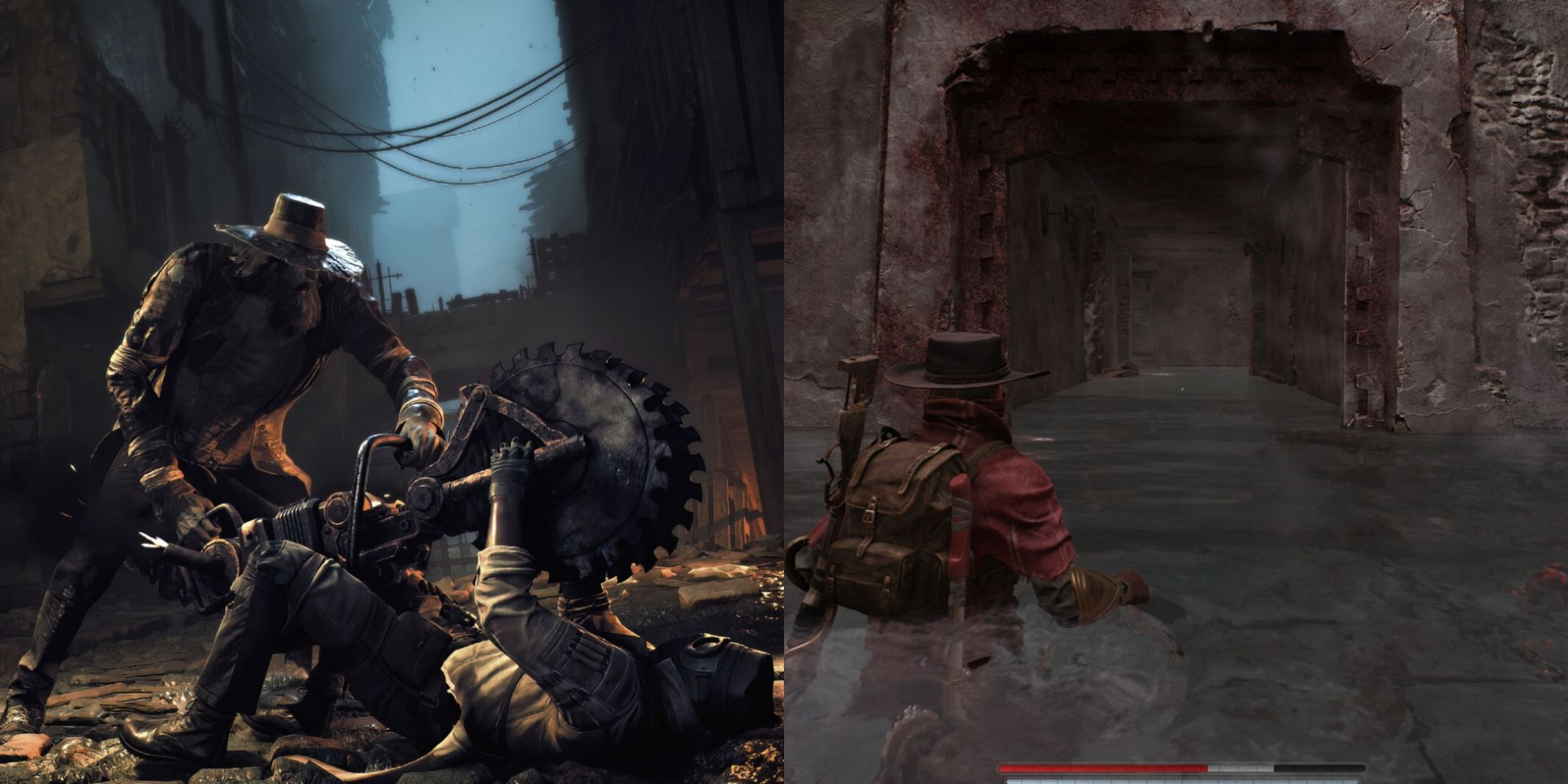In the first few hours of Remnant 2, the title teaches you everything you need to know to get by in the game. But it doesn't go into detail about every single mechanic the title includes. As such, there are plenty of things you likely don't know even after you've played the game for a bunch of hours.
One thing you've probably noticed but don't fully understand is grey health. When you take damage, your overall red health bar goes down, and some of it is replaced by a grey bar. The game never explains what that means. Yet, you can find an explanation here.
What Is Grey Health
Grey health only appears right after you take damage, and it isn't anything you should worry about. In fact, it's actually a positive thing because it's health that can potentially come back.
This is because, unlike red health, grey health regenerates. So, instead of taking the full amount of damage you're expected to take from an attack, the grey health gives you a chance to get some of it back.
By default, the regeneration is a little slow, though. Therefore, you often don't get time to get it all back before you're taking damage in the next fight. As such, it isn't a hugely important mechanic. In fact, if you played the entire game without knowing what it was, it wouldn't change the experience.
That being said, you can make it a bit more useful.
There are certain items that impact grey health in different ways. Plus, there is a trait called Bloodstream that increases the regeneration speed of grey health. Even with those things, though, grey health still won't be something you can truly rely on to keep yourself alive. But at least you can take solace in the fact it's nothing to worry about.


